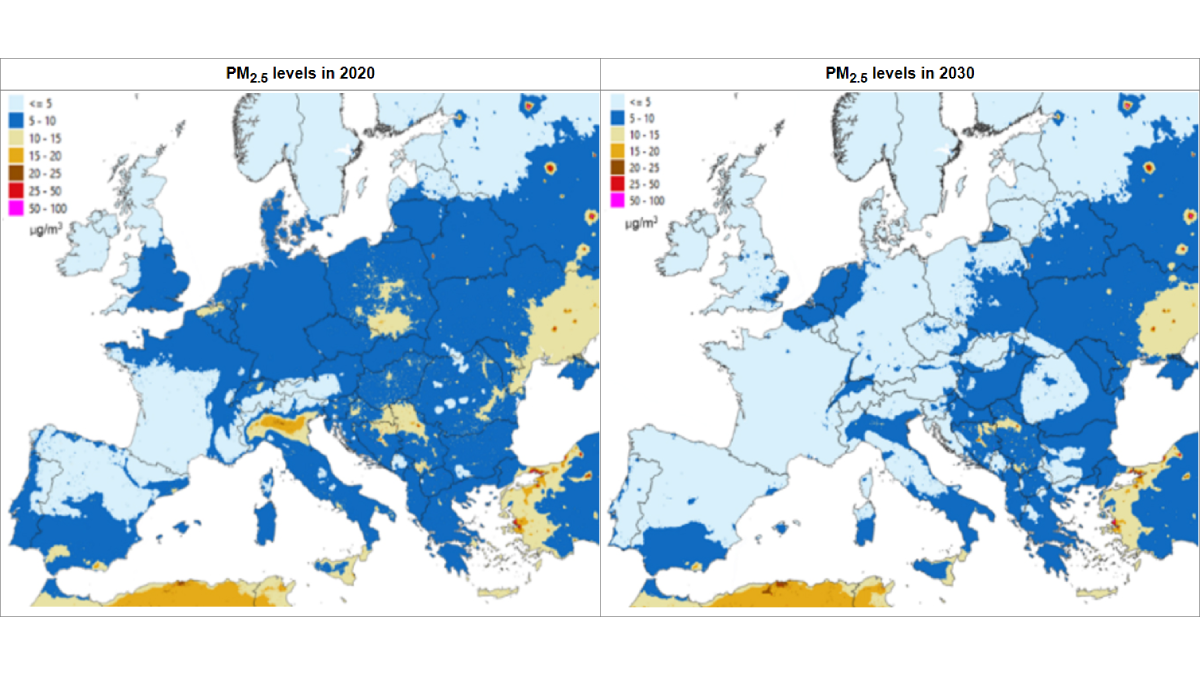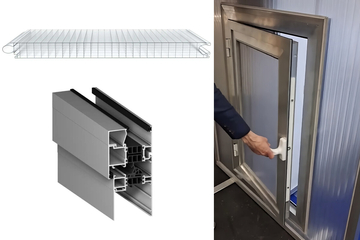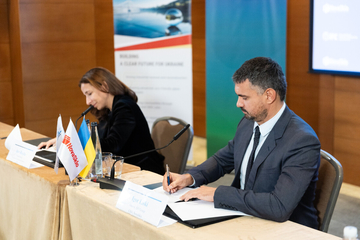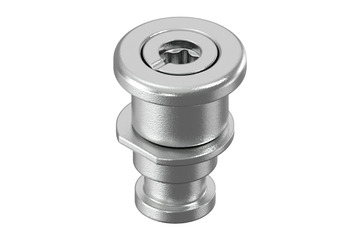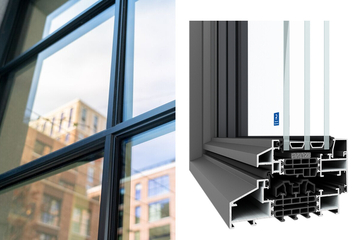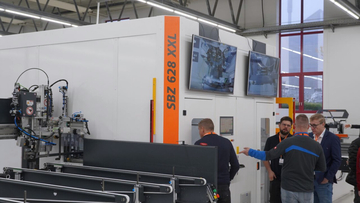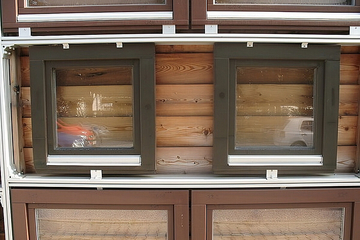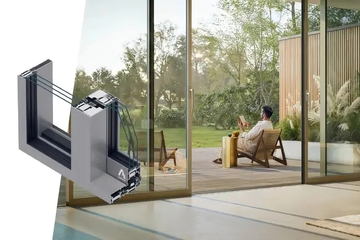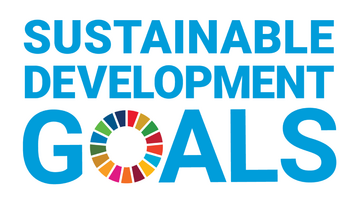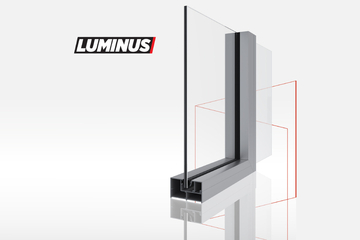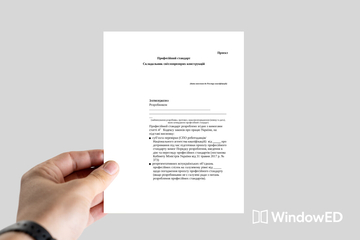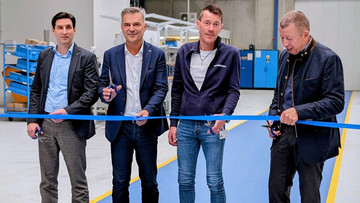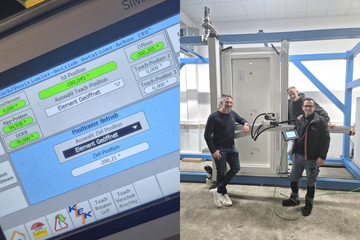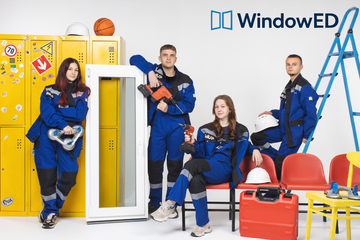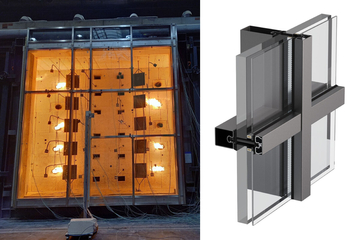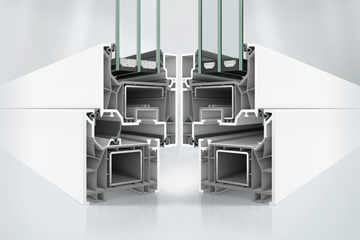According to the European Commission's press centre, this will give people whose health has deteriorated due to air pollution the right to receive compensation in case of violation of EU rules on air purity.
Air pollution is the biggest environmental threat to health and a major cause of chronic diseases, including stroke, cancer and diabetes. Around 300,000 premature deaths a year in Europe and a significant number of non-communicable diseases such as asthma, cardiovascular problems and lung cancer are attributed to air pollution. And according to the WHO, 14,400 people die every year in Ukraine due to air pollution.
In this respect, the worst pollutants are particulate matter, nitrogen dioxide and ozone.
Average daily requirements for fine particulate matter PM 2.5:
- Current EU standards - not defined,
- Current WHO recommendations - 15 µg/m3 (not to be exceeded for more than 8 hours),
- Values to be achieved in the EU by 1 January 2030 - 25 µg/m3 (not to be exceeded more than 18 times per calendar year).
Annual requirements for PM 2.5 particles:
- Current EU standards are 25/20 µg/m3,
- Current WHO recommendations - 5 µg/m3,
- Values to be achieved in the EU by 1 January 2030 - 10 µg/m3.
Average daily requirements for PM 10:
- Current EU standards - 50 µg/m3 (35 days),
- Current WHO recommendations - 45 µg/m3 (not to be exceeded for more than 8 hours),
- Values to be achieved in the EU by 1 January 2030 - 45 µg/m3 (not to be exceeded more than 18 times per calendar year).
Annual requirements for PM 10:
- Current EU standards - 40 µg/m3,
- Current WHO recommendations - 15 µg/m3,
- Values to be achieved in the EU by 1 January 2030 - 20 µg/m3.
Hourly requirement for nitrogen dioxide (NO2):
- Current EU standards - 200 µg/m3 (18 hours),
- Current WHO recommendations - 200 µg/m3 (not to be exceeded for more than 1 hour),
- Values to be achieved in the EU by 1 January 2030 - 200 µg/m3 (not to be exceeded more than once per calendar year).
Daily requirement for nitrogen dioxide (NO2):
- Current EU standards are not defined,
- Current WHO recommendations - 25 µg/m3 (not to be exceeded for more than 8 hours),
- Values to be achieved in the EU by 1 January 2030 - 50 µg/m3 (not to be exceeded more than 18 times per calendar year).
Annual requirement for nitrogen dioxide (NO2):
- Current EU standards - 40 µg/m3,
- Current WHO recommendations - 10 µg/m3,
- Values to be achieved in the EU by 1 January 2030 - 20 µg/m3.
Limit values↗️ are also given for sulphur dioxide, benzene, carbon monoxide, lead, arsenic, cadmium, nickel, benzo(a)pyrene.
The air quality directives do not prevent Member States from setting stricter standards in national legislation.
The European Parliament and Council must now formally adopt the revised Directive. It will enter into force 20 days after publication in the Official Journal of the EU.
